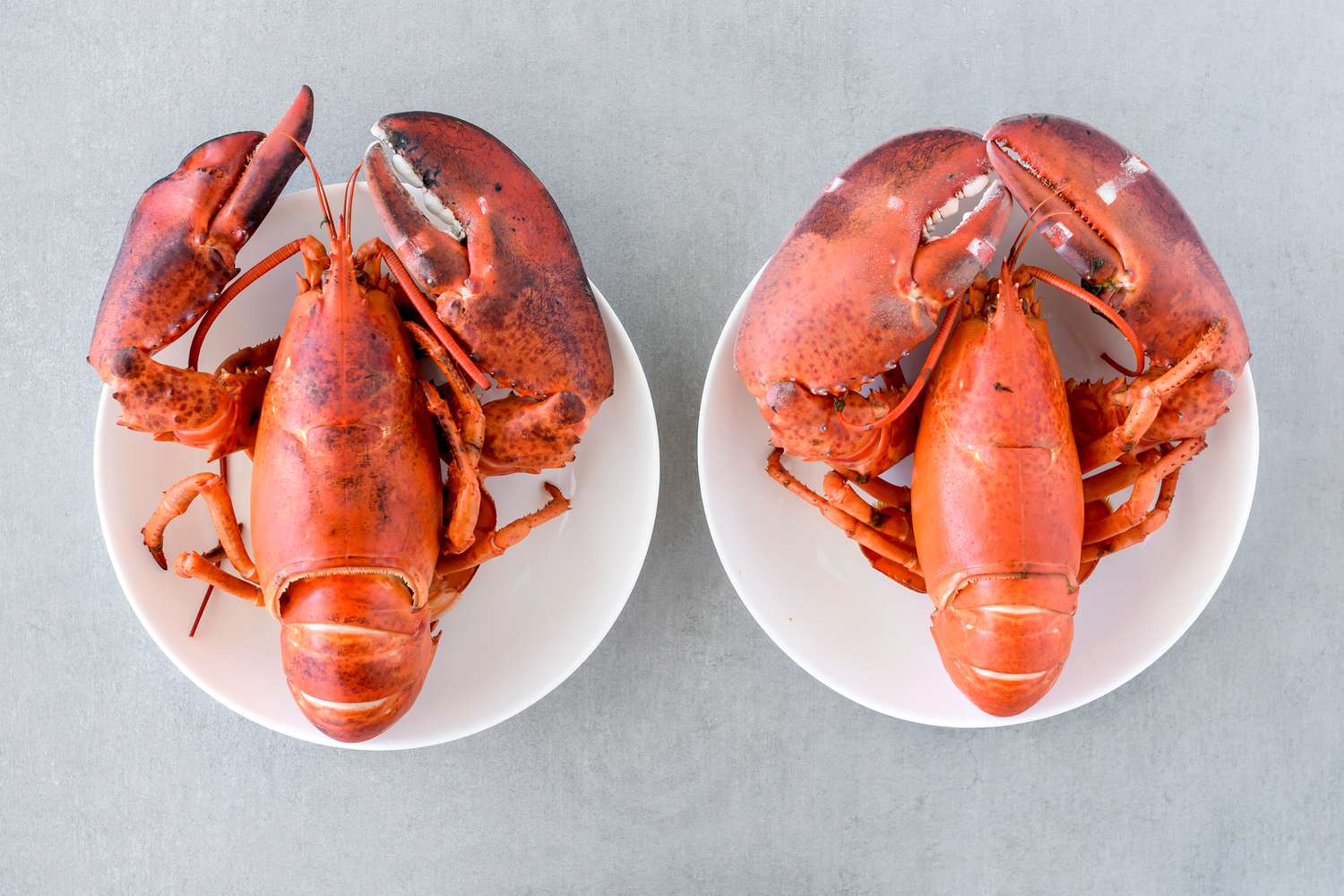

Articles
How To Store Lobster Before Cooking
Modified: February 22, 2024
Learn the best way to store lobster before cooking to ensure its freshness and flavor. Read our articles for expert tips and tricks.
(Many of the links in this article redirect to a specific reviewed product. Your purchase of these products through affiliate links helps to generate commission for Storables.com, at no extra cost. Learn more)
Introduction
Welcome to the world of delectable lobsters! Whether you are preparing a special seafood feast or simply indulging in a sumptuous lobster dish, proper storage is essential to maintain its freshness and flavor. Knowing how to store lobster before cooking is crucial in ensuring that you serve the best-tasting and safest seafood to your guests or enjoy it yourself.
Proper storage not only preserves the quality of lobster but also helps to prevent the growth of harmful bacteria that can lead to foodborne illnesses. So, let’s dive into the details of how to store lobster effectively!
Key Takeaways:
- Proper storage of lobsters is crucial to maintain their freshness, flavor, and safety. Refrigeration and freezing are effective methods, and proper thawing and reheating ensure a delightful dining experience.
- Choosing the right container, proper wrapping for freezing, and gentle reheating for cooked lobster are essential for preserving its quality. Following these steps guarantees a delectable lobster feast.
Read more: How To Store Lobsters Before Cooking
Why is Proper Storage Important?
Proper storage of lobsters is of utmost importance to maintain their freshness, flavor, and texture. Here are a few key reasons why you should take storage seriously:
- Preserves Freshness: Lobsters are highly perishable creatures, and their quality begins to deteriorate soon after they are caught or purchased. Properly storing lobsters helps to slow down the process of decay and ensures that they remain fresh until you’re ready to cook them.
- Maintains Flavor and Texture: The unique taste and delicate texture of lobsters can be easily affected by improper storage conditions. By storing them correctly, you can preserve their distinctive flavor and ensure that the meat remains tender and succulent.
- Prevents Bacterial Growth: Lobsters, like any other seafood, are susceptible to bacterial growth if not stored properly. Bacteria can multiply rapidly in warm temperatures, leading to the risk of foodborne illnesses. Proper storage, particularly refrigeration, inhibits the growth of harmful bacteria, keeping your lobsters safe to consume.
- Reduces Waste: Lobsters are a precious delicacy, and wasting them due to improper storage can be disheartening. By storing lobsters correctly, you can extend their shelf life and minimize waste, ensuring that you get the most out of these delectable crustaceans.
- Saves Money: Lobsters are not the most budget-friendly seafood, and wasting them due to improper storage practices can be a costly mistake. By understanding how to store lobsters effectively, you can maximize their longevity and avoid unnecessary expenses.
Now that we understand the importance of proper lobster storage, let’s explore the best practices for storing lobsters before cooking them.
Choosing the Right Container
When it comes to storing lobsters, choosing the right container is crucial for maintaining their quality and freshness. Here are a few factors to consider when selecting a container:
- Material: Opt for a container made of non-reactive material such as stainless steel, glass, or food-grade plastic. These materials are easy to clean and don’t interact with the lobster meat, preserving its flavor.
- Size: Choose a container that provides enough space for the lobsters without crowding. It should be large enough to accommodate the lobsters comfortably, allowing air to circulate to prevent moisture buildup.
- Cover: Ensure that the container has a secure lid or cover to keep the lobsters protected and prevent any potential contaminants from entering.
- Drainage: If storing live lobsters, consider a container with holes or slots for drainage. Lobsters need to be kept moist, but excessive water can lead to drowning or spoilage.
- Labeling: If you have multiple containers or different types of lobster, it can be helpful to label them with the date of storage or any specific instructions to easily identify and track their freshness.
Keep these factors in mind when selecting a container for storing your lobsters, as it will significantly impact their overall quality and longevity.
Refrigerating Lobster
Refrigeration is one of the most common methods of storing lobsters before cooking, especially if you plan to use them within a couple of days. Follow these steps to refrigerate your lobsters:
- Prepare the lobsters: If you have live lobsters, make sure they are still alive before refrigerating them. Live lobsters should be active and have a strong claw grip. If any lobsters are dead, discard them immediately.
- Place in a container: Place the lobsters in a suitable container, preferably one that allows for drainage. Keep them in a single layer rather than stacking them on top of each other.
- Cover or wrap: Cover the container with a lid or wrap it tightly with plastic wrap to prevent any air exposure and to keep the lobsters moist.
- Store in the coldest part: Place the container in the coldest part of your refrigerator, which is usually the back or the bottom shelf. Avoid storing them in the refrigerator door as it tends to have fluctuating temperatures.
- Check regularly: Periodically check the lobsters for any signs of spoilage, such as an unpleasant odor or slimy texture. If you notice any changes, discard the lobsters immediately.
- Use within a few days: Refrigerated lobsters are best consumed within 2-3 days of storage to ensure optimal freshness and flavor. After this timeframe, the quality may begin to deteriorate.
Refrigerating lobsters is a simple and effective method to keep them fresh before cooking. Just remember to check their condition regularly and use them within the recommended time frame.
Freezing Lobster
If you don’t plan on using your lobsters within a few days, freezing them is an excellent option to extend their shelf life. Follow these steps to freeze lobsters:
- Prepare the lobsters: If you have live lobsters, ensure they are still alive before freezing. Discard any dead lobsters.
- Cook or blanch: It is recommended to either cook the lobsters or blanch them before freezing. Cooking the lobsters fully will help maintain the best texture and flavor, while blanching them briefly in boiling water will help preserve their color and prevent enzyme activity.
- Remove the meat: Once cooked or blanched, remove the lobster meat from the shells. Separate the claw meat, tail meat, and any other edible parts from the shells and discard the shells.
- Cool down: Allow the lobster meat to cool down to room temperature before proceeding to the next step.
- Place in a freezer bag or container: Transfer the lobster meat to airtight freezer bags or containers. Press out as much air as possible before sealing to minimize the risk of freezer burn.
- Label and freeze: Label the bags or containers with the date of freezing and place them in the freezer. Lobster meat can be stored in the freezer for up to 3 months, but for optimal quality, it is recommended to consume them within 1-2 months.
- Thawing before use: When you’re ready to use the frozen lobster meat, transfer it to the refrigerator to thaw overnight. Avoid thawing at room temperature, as this can cause bacterial growth.
Freezing lobster is a convenient method to preserve their freshness for an extended period. Whether you cook them first or blanch them, proper packaging and labeling are important to maintain their quality throughout the freezing process.
Store live lobsters in the refrigerator on a bed of damp seaweed or paper towels, covered with a damp cloth. Keep them cold, but not submerged in water, until ready to cook.
Read more: How To Store Live Lobster Before Cooking
Wrapping Lobster for Freezing
Proper wrapping is crucial when freezing lobster to preserve its quality and protect it from freezer burn. Follow these steps to wrap lobster for freezing:
- Wrap individual portions: Divide the cooked or blanched lobster meat into individual portions based on your future usage. This will make it easier to defrost only the amount you need without thawing the entire package.
- Use freezer-safe wrap: Wrap each portion of lobster meat tightly in plastic wrap or aluminum foil. Make sure the wrap completely covers the lobster meat to prevent exposure to air.
- Double wrap for protection: For added protection against freezer burn, consider double wrapping the lobster meat. Place the wrapped portions in a resealable freezer bag or airtight container, and squeeze out any excess air before sealing.
- Label and date: Label each bag or container with the date of freezing to keep track of its shelf life. This will ensure that you use the lobster within the recommended time frame for best quality.
- Freeze flat: Lay the wrapped portions flat in the freezer to prevent them from sticking together. Once the lobster is fully frozen, you can stack the packages to save space if needed.
- Organize in the freezer: Place the wrapped lobster portions in an organized manner in the freezer, so they are easily visible and accessible. This makes it convenient to select the desired amount without causing disturbance to other packages.
By following these steps, you can ensure that your lobster is well protected and remains in the best possible condition during its time in the freezer. Proper wrapping is key to maintaining the texture, flavor, and overall quality of the lobster meat.
Thawing Lobster
Thawing lobster properly is essential to preserve its texture and flavor. Here are a few methods for thawing lobster:
- Refrigerator thawing: The safest and recommended method for thawing lobster is to transfer it from the freezer to the refrigerator. Place the frozen lobster in a shallow dish or on a plate to catch any drips, and allow it to thaw overnight. Thawing in the refrigerator ensures a slow, even thaw, and minimizes the risk of bacterial growth.
- Cold-water thawing: If you’re short on time, you can use the cold-water thawing method. Keep the lobster in its sealed package and submerge it in a bowl of cold water. Change the water every 30 minutes to keep it cold. It generally takes about 1 hour to thaw a pound of lobster using this method.
- Microwave thawing: While this method can be convenient, it is not recommended as it can partially cook the lobster and result in uneven thawing. If you choose to use a microwave, follow the appliance’s instructions for defrosting seafood and monitor the lobster closely to prevent overcooking.
Regardless of the thawing method you choose, it’s important to handle the thawed lobster properly. Once fully thawed, use the lobster immediately or within 24 hours for optimal quality. Do not refreeze thawed lobster, as it can lead to the deterioration of flavor and texture.
Remember, proper thawing is crucial to maintain the integrity of the lobster. It ensures that the meat retains its juiciness and tenderness, allowing for a delightful dining experience.
Storing Cooked Lobster
If you have leftover cooked lobster, proper storage is essential to maintain its quality and safety. Here are some guidelines for storing cooked lobster:
- Cool down: Allow the cooked lobster to cool down to room temperature before storing. Exposing hot lobster to the refrigerator directly can create condensation, leading to a loss of texture and flavor.
- Remove the shells: Separate the meat from the shells, removing any claws or tails. This will make storing and reheating the lobster easier.
- Wrap or container: Wrap the cooked lobster meat in plastic wrap or place it in an airtight container. This helps to prevent exposure to air and moisture, which can cause the meat to dry out.
- Refrigeration: Store the wrapped or containerized lobster meat in the refrigerator. It is best to consume cooked lobster within 2-3 days of cooking.
- Label and date: If you have multiple containers or different types of lobster, it’s helpful to label them with the date of storage. This ensures that you are aware of the freshness and allows for easy identification later.
- Reheating: To enjoy the leftover cooked lobster, gently reheat it. You can quickly warm the meat in a pan with a little butter or microwave it for a short period. However, be cautious not to overheat the lobster, as it can make the meat tough and rubbery.
By following these storage guidelines, you can safely store and enjoy leftover cooked lobster without compromising its flavor and texture.
Remember, cooked lobster should always be refrigerated promptly after consumption and consumed within the recommended timeframe to ensure food safety.
Conclusion
Proper storage of lobster before cooking is essential to maintain its freshness, flavor, and safety. Whether you have live lobsters or cooked lobster meat, following the correct storage techniques ensures that you can enjoy this delectable seafood at its best.
Refrigeration is an effective method for storing live lobsters, keeping them fresh until you’re ready to cook. Choosing the right container, covering it properly, and storing in the coldest part of the refrigerator are key steps to preserve the lobsters’ quality.
If you don’t plan on using the lobsters within a few days, freezing them is an excellent option to extend their shelf life. Cooking or blanching the lobsters before freezing, proper wrapping to prevent freezer burn, and labeling the packages are important steps to ensure the maximum freshness and quality of the lobster meat.
Thawing lobster correctly is vital to maintain its texture and flavor. Whether you choose to thaw it in the refrigerator, under cold water, or with a microwave, following the appropriate thawing method ensures that the lobster meat thaws evenly and safely.
For cooked lobster meat, proper storage involves cooling it down, removing the shells, and wrapping or containerizing it before refrigeration. Labeling the containers and reheating the lobster gently ensures that you can enjoy the leftovers without compromising their taste and texture.
Remember, handling lobster properly at every stage, from storage to thawing and reheating, is crucial for maintaining its quality and safety. By following the guidelines in this article, you can store lobster with confidence and savor every bite of this delicious seafood delicacy.
So, go ahead and indulge in the culinary pleasure of lobster, knowing that you have the knowledge to store it properly, guaranteeing a delightful dining experience!
Frequently Asked Questions about How To Store Lobster Before Cooking
Was this page helpful?
At Storables.com, we guarantee accurate and reliable information. Our content, validated by Expert Board Contributors, is crafted following stringent Editorial Policies. We're committed to providing you with well-researched, expert-backed insights for all your informational needs.
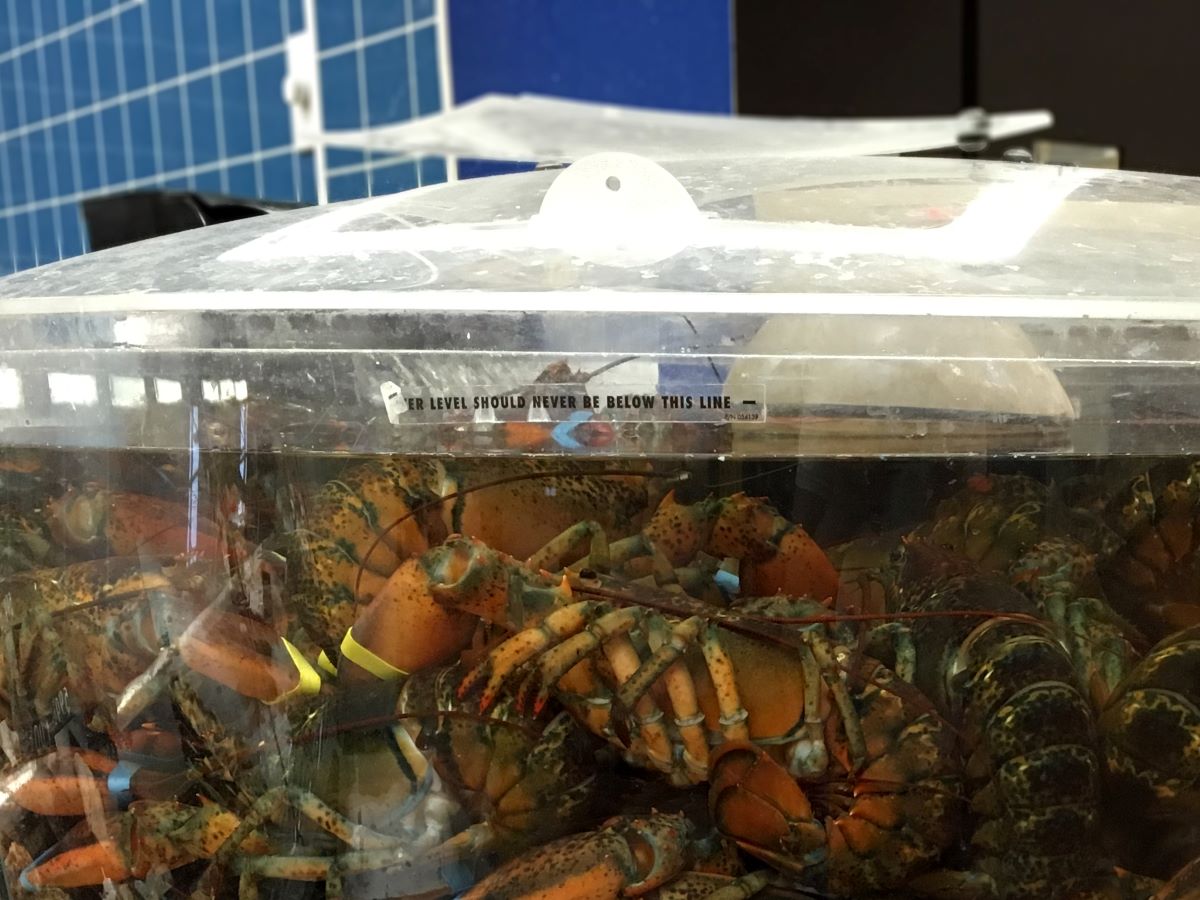
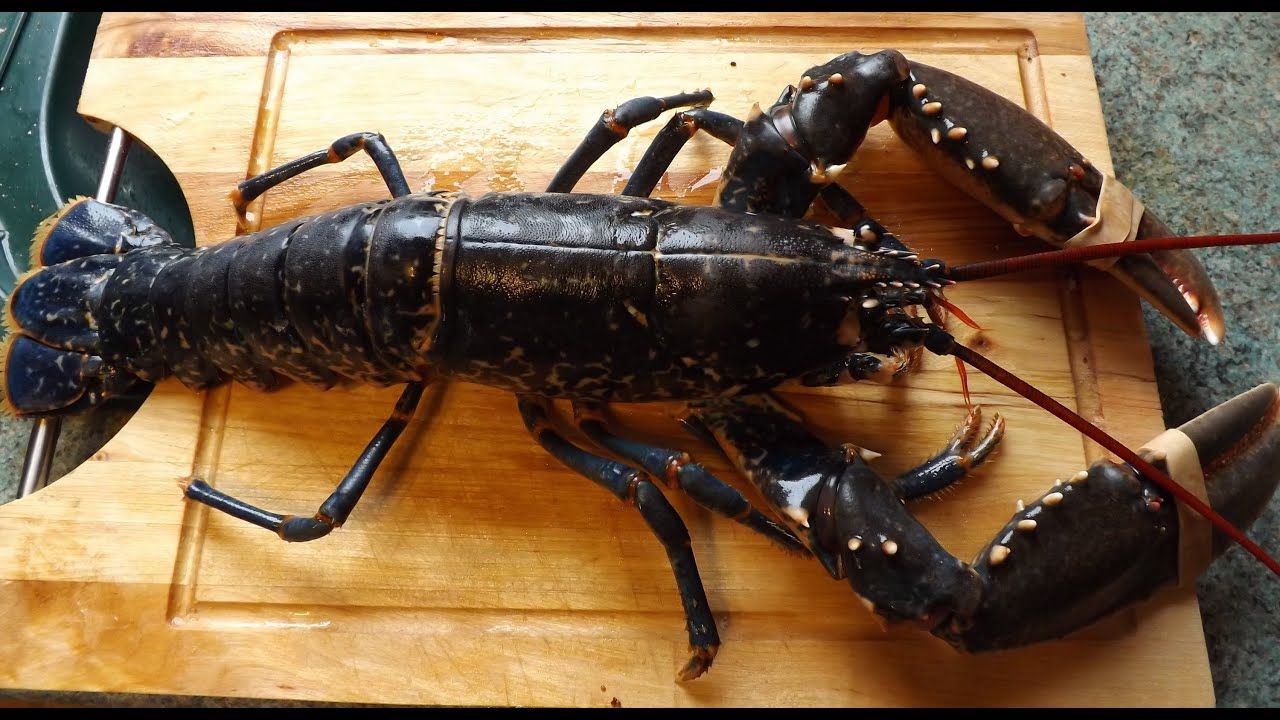
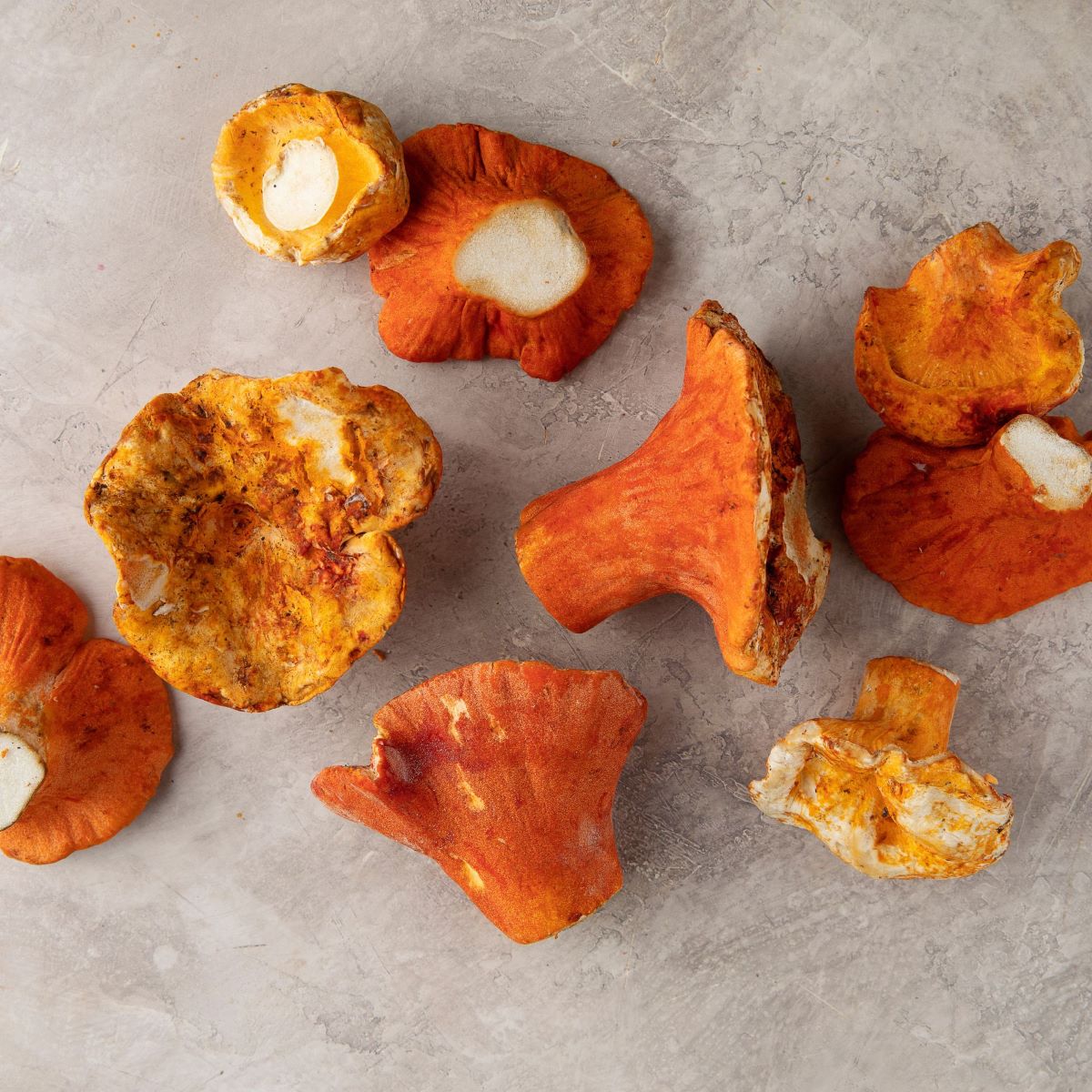


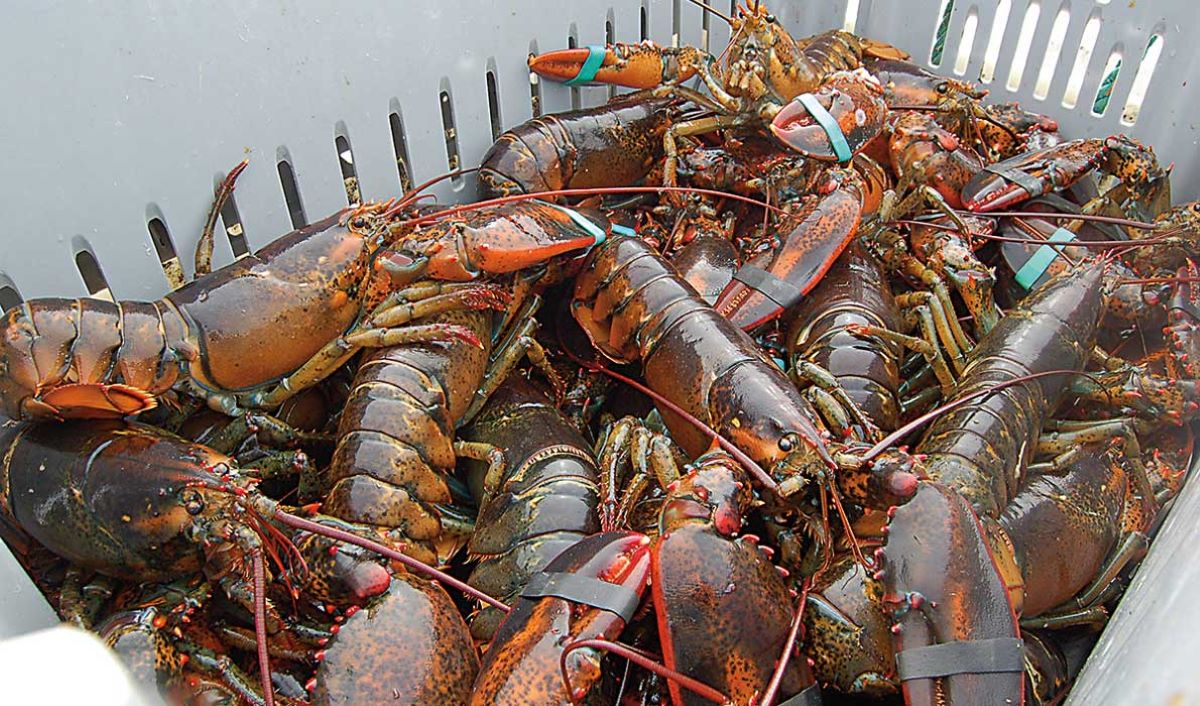
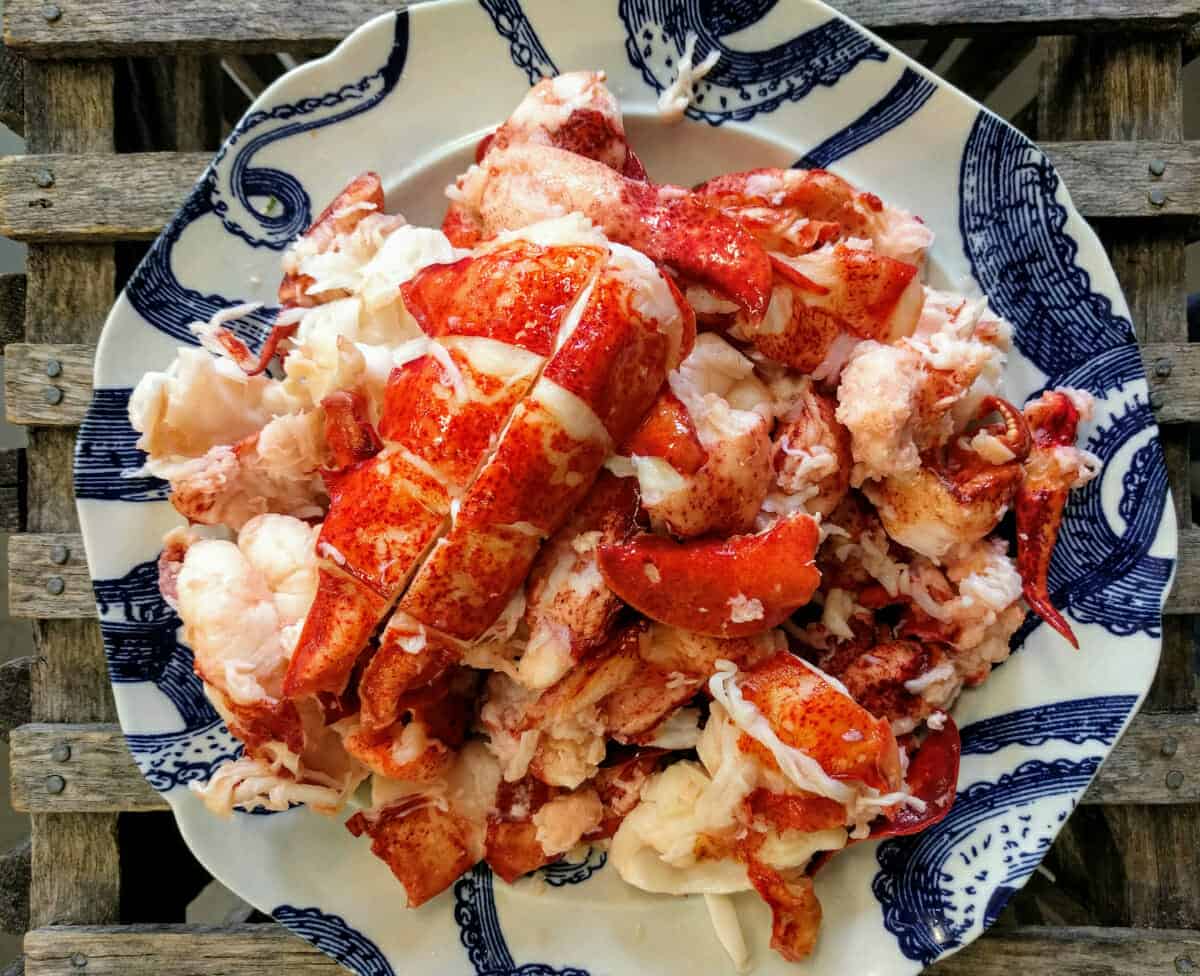
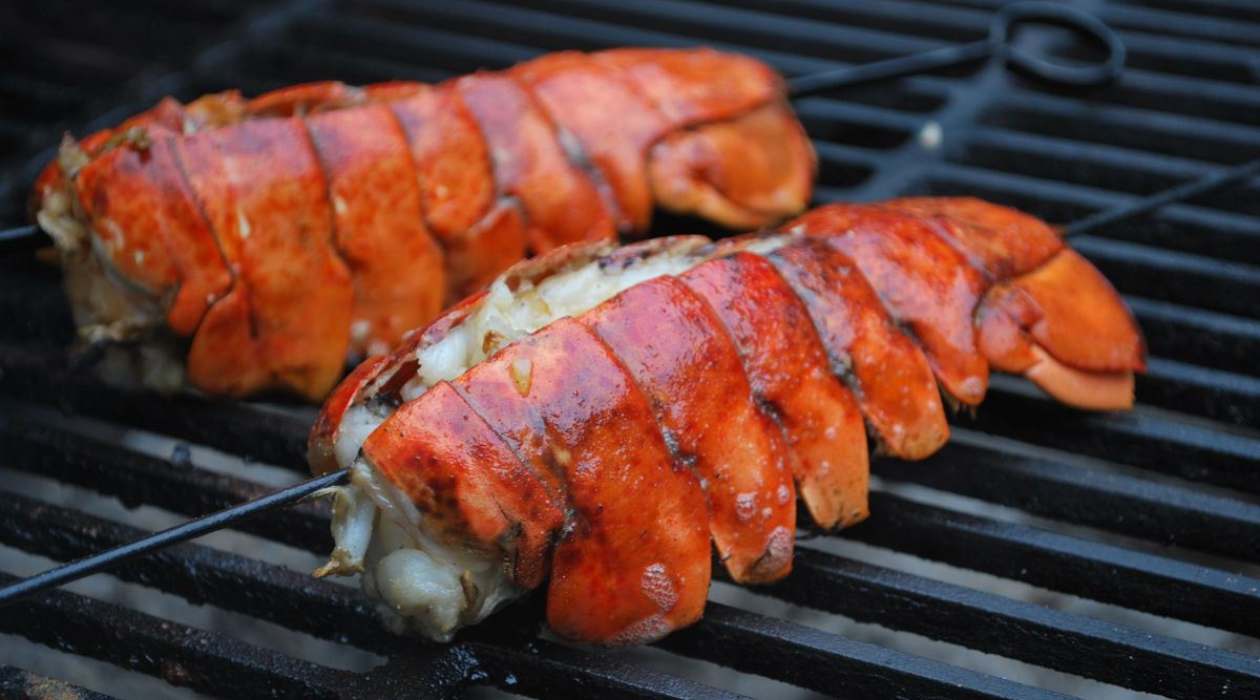
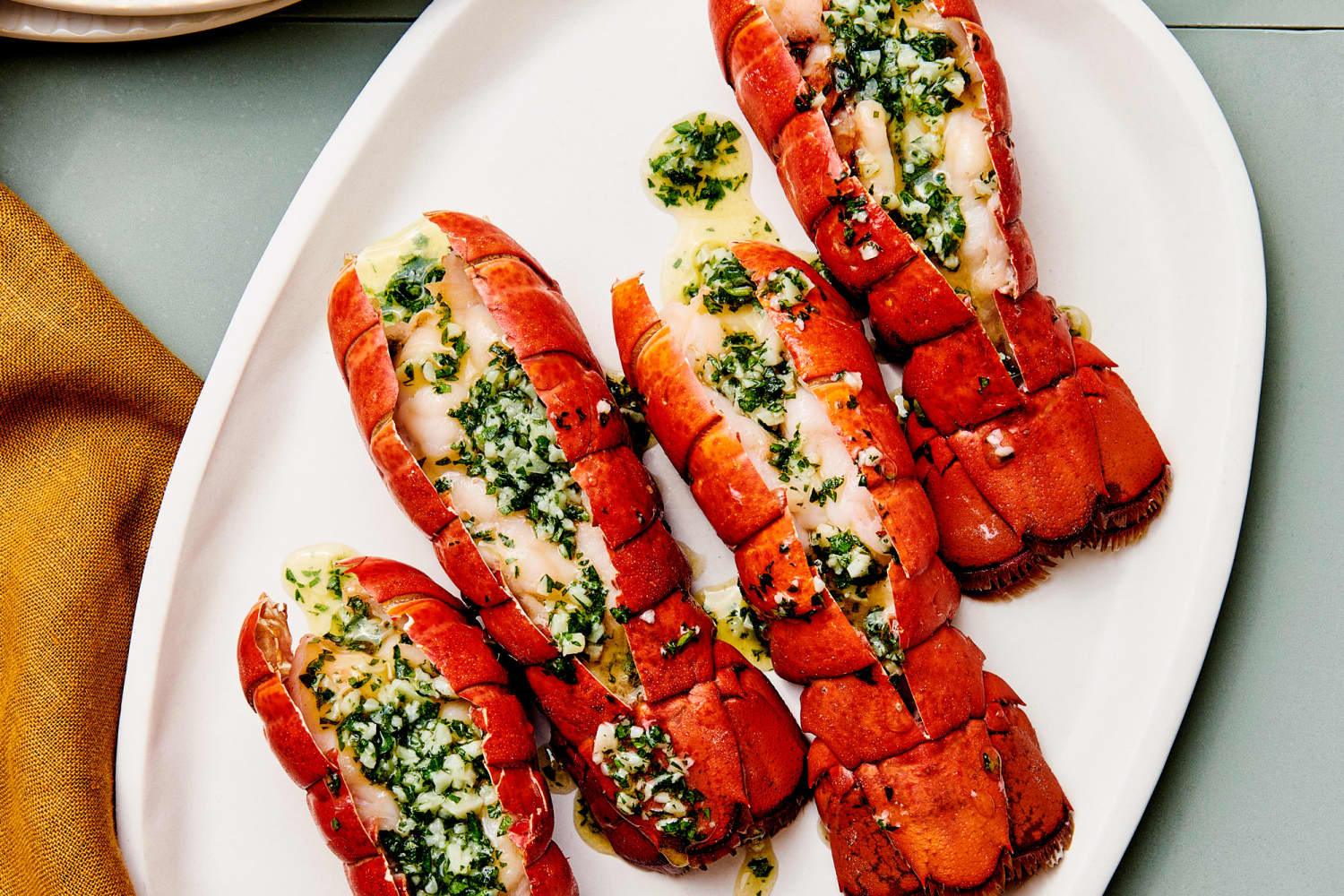
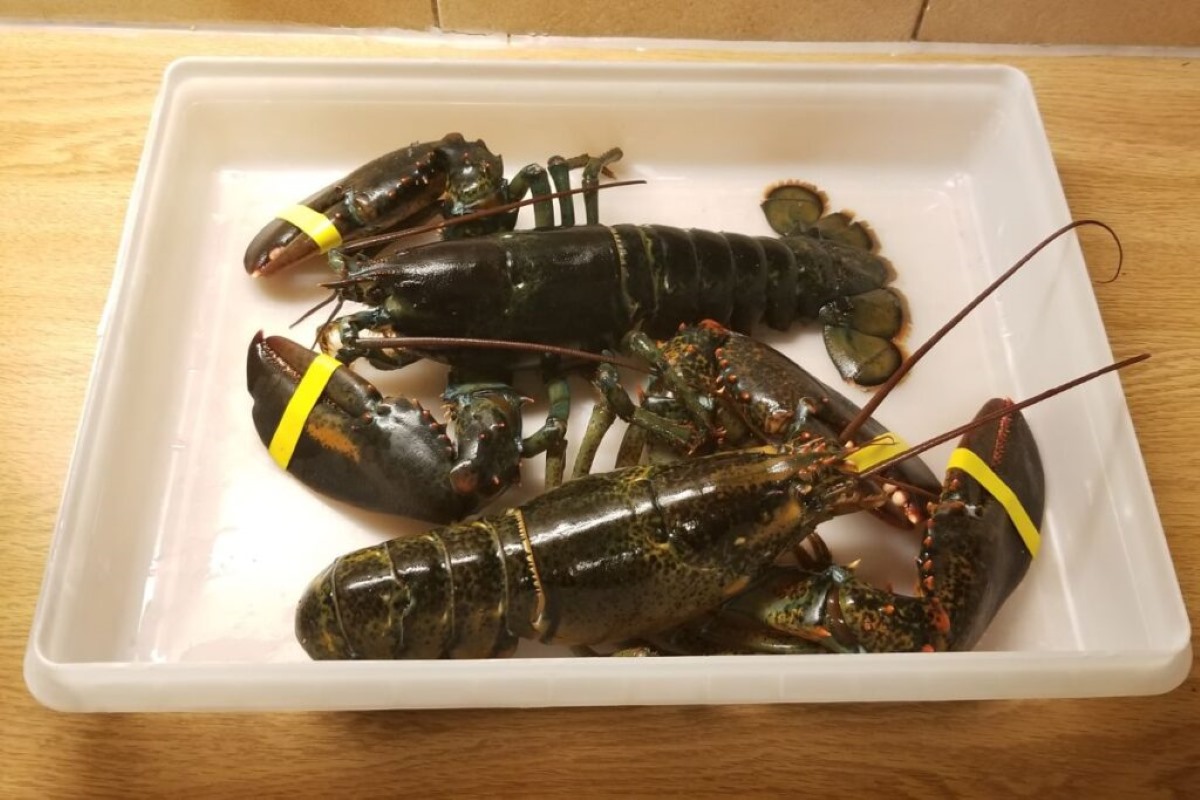
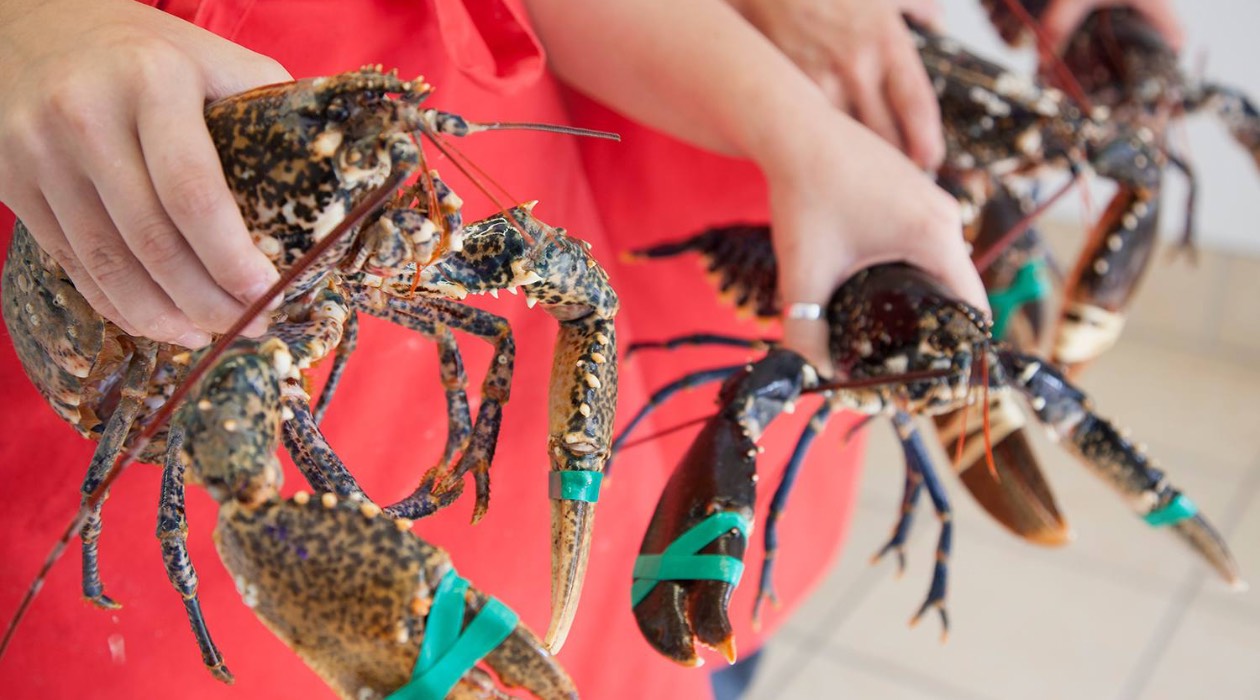
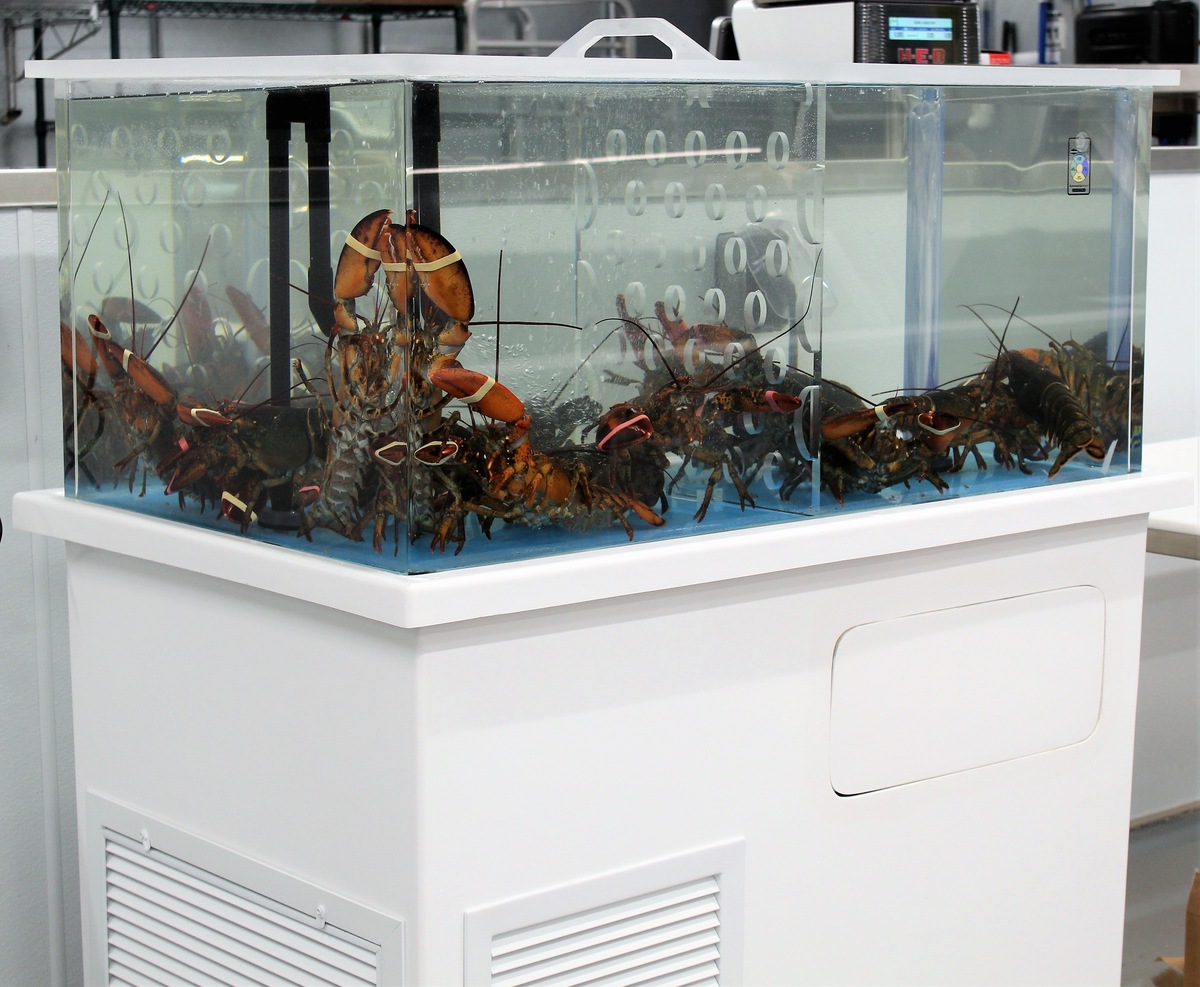
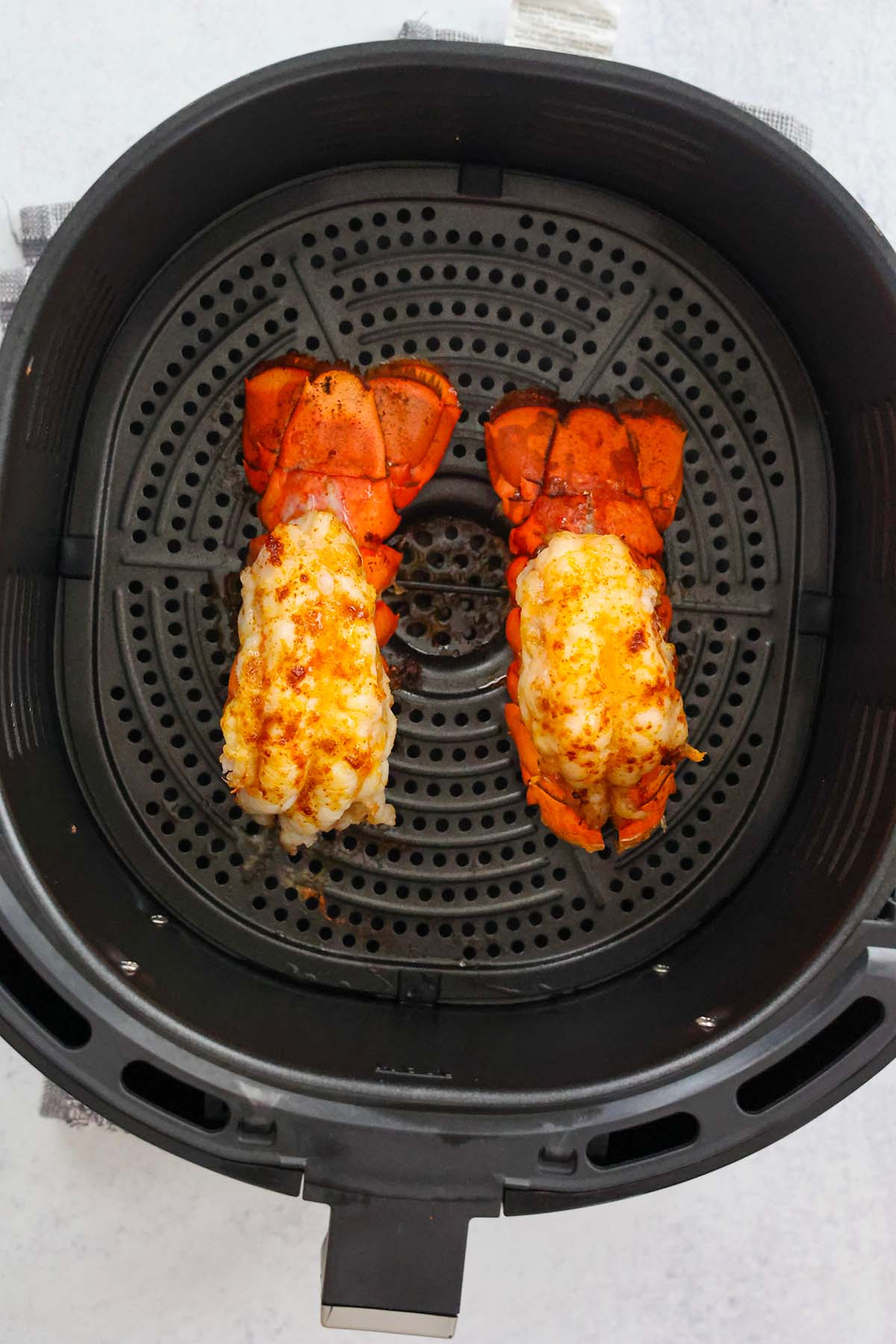
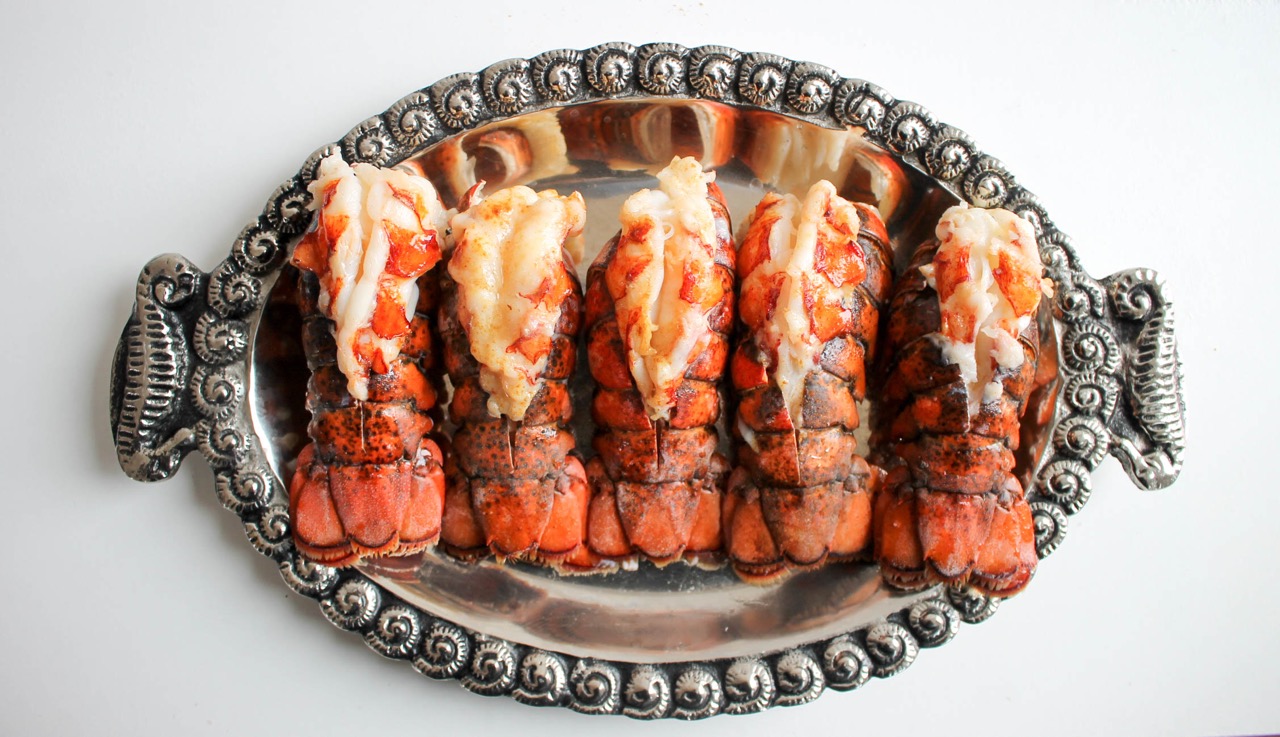

0 thoughts on “How To Store Lobster Before Cooking”